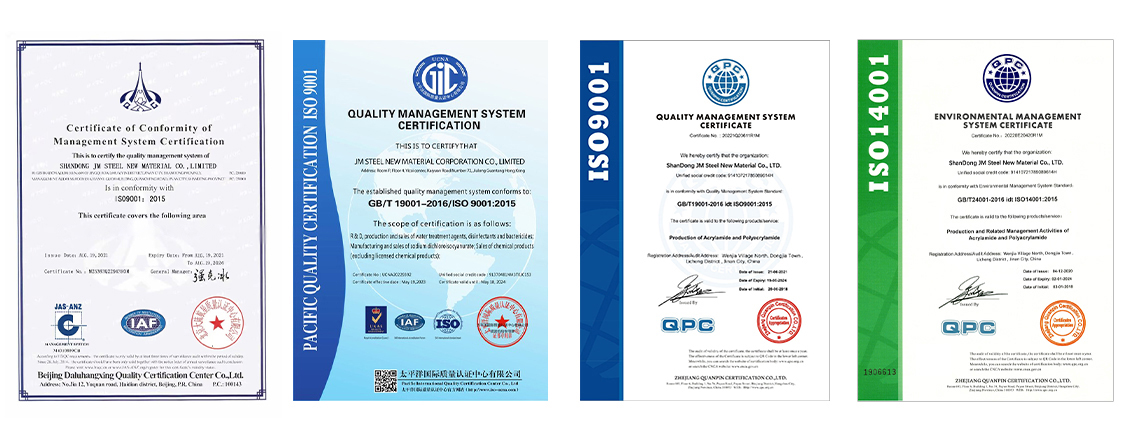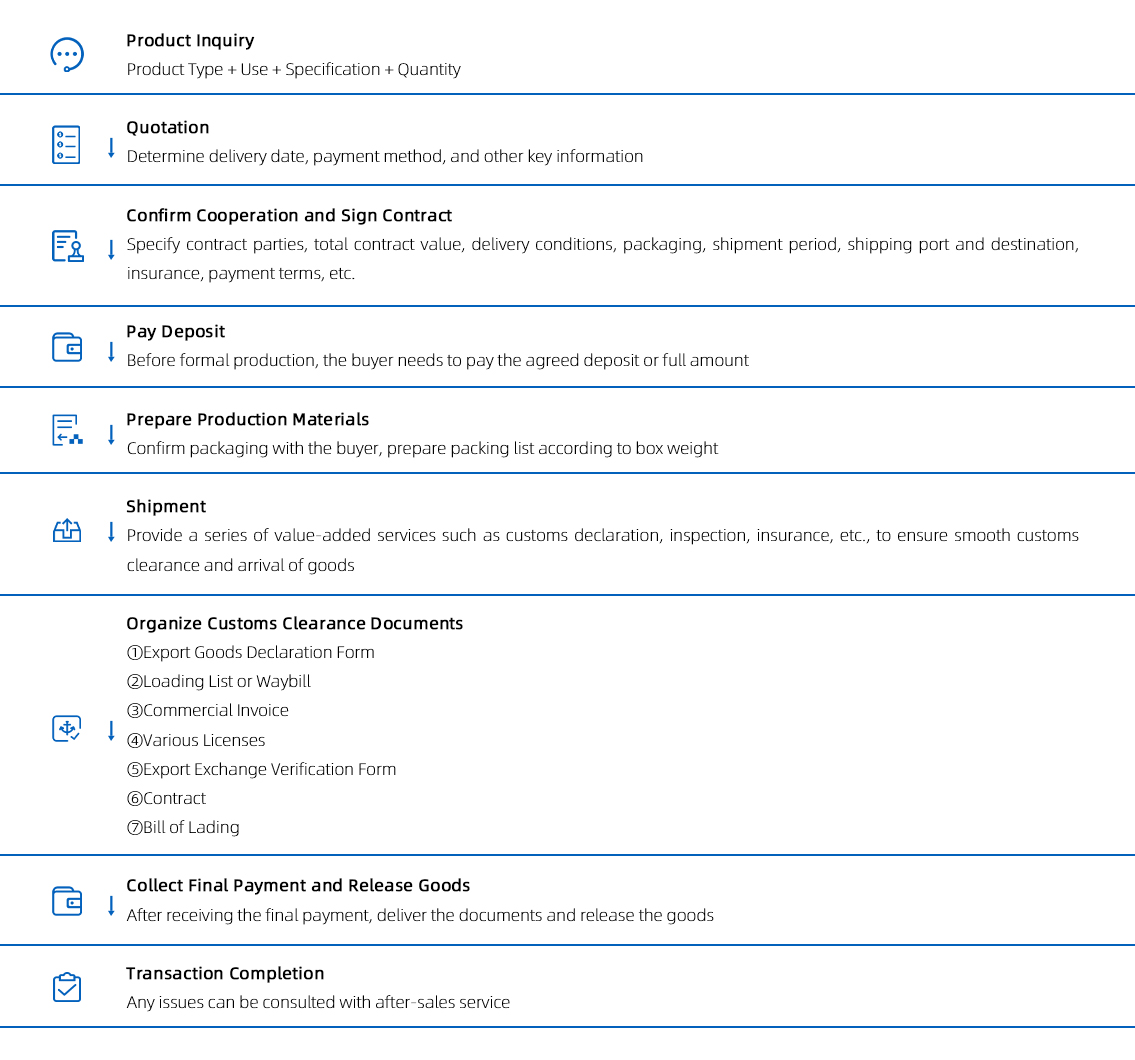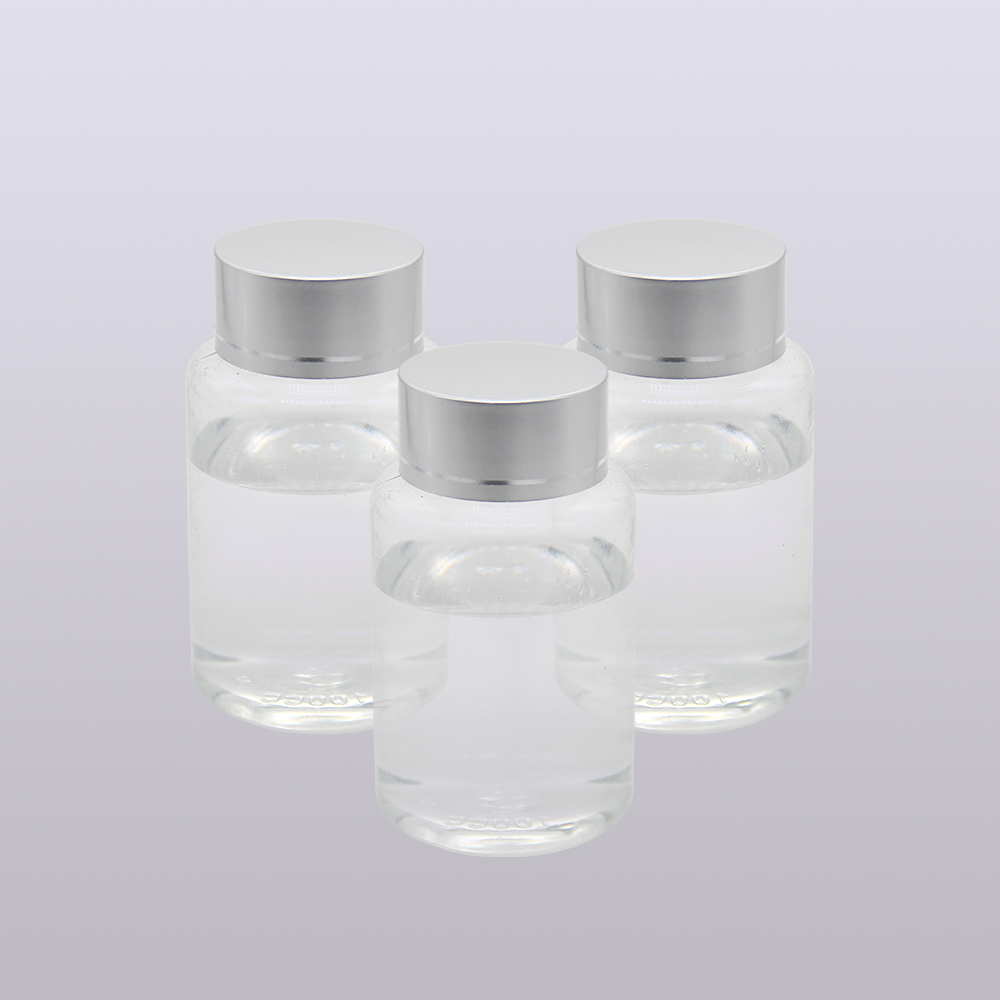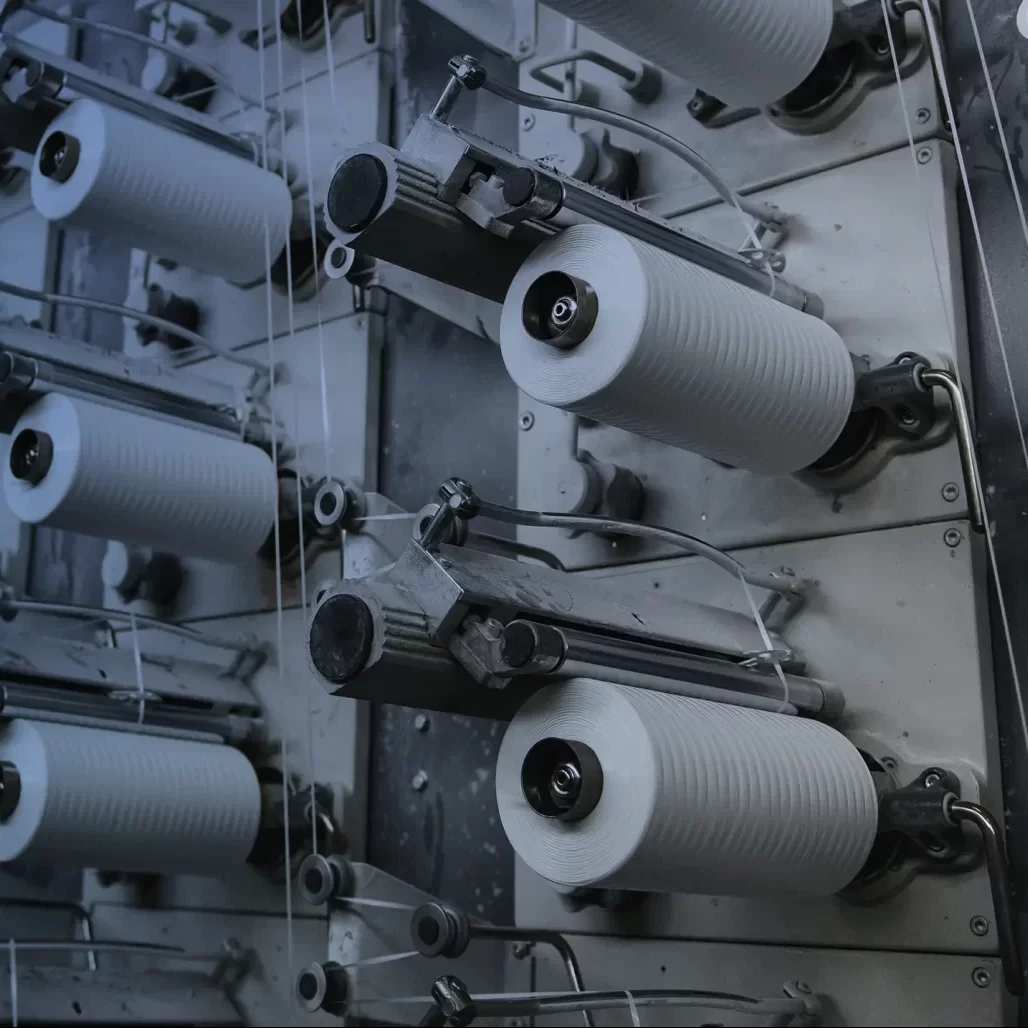Polyamine
Polyamines are a class of compounds containing two or more amino groups.The raw materials for its synthesis are mainly ornithine and arginine, and the key enzymes are ornithine decarboxylase and arginine decarboxylase.
Polyamines are widely used in textile industry and are of great significance. including but not limited to improving wrinkle resistance, color brightness, durability and protection. Polyamines can be used as crosslinkers, dye auxiliaries and softeners
Email address :info@jinmaicn.com
Telephone:+8617753136665
-
Product Introduction
-
Product Specification
-
Product Application
-
Quality Certificate
-
Transaction Process
-
Packaging Standards
-
Transportation Guarantee
-
Service Commitment
Polyamines are a class of compounds containing two or more amino groups. The raw materials for its synthesis are mainly ornithine and arginine, and the key enzymes are ornithine decarboxylase and arginine decarboxylase. Polyamines are widely used in textile industry and are of great significance. They play a key role in the processing and finishing of textiles, including but not limited to improving wrinkle resistance, color brightness, durability and protection. Polyamines can be used as crosslinkers, dye auxiliaries and softeners
| Main ingredients | Spermine |
| Purity | ≥99.5% |
| Appearance | white crystalline powder |
| Solubility | soluble in water, methanol, ethanol |
| pH value | alkaline under standard conditions |
| Stability | Stable under normal temperature and pressure |
| Storage conditions | Store in a cool, dry, well-ventilated place |
(1) As a fixing agent and dye auxiliary
In the textile dyeing process, polyamines can form relatively stable complexes with dye molecules and fibers to improve the dyeing fastness, especially to improve the washing fastness and light fastness. This action of polyamines makes textiles more vivid and long-lasting.
(2) Used to improve wrinkle resistance and shrink resistant treatment
In the anti-wrinkle and anti-shrink finishing of fabrics, polyamines are commonly used as crosslinking agents, which react with cellulose molecules in fabrics to form a stable cross-linked network structure. This helps maintain the dimensional stability of the fabric and reduces crease formation during washing and wearing.
(3) As an antistatic agent
Polyamines are often used in the antistatic treatment of textiles because of their good hydrophilic properties. They can increase the wetness of the fiber surface, thus reducing the accumulation of static electricity.
(4) Applied to flame retardant treatment
Some special polyamine compounds have flame retardant function and can be used as flame retardants for textiles. By forming chemical bonds with fibers, they can significantly improve the flame retardant properties of fabrics and increase safety, especially in textiles that have special requirements for flame retardant properties (such as interior decorative fabrics, children’s clothing, etc.).
(5) Used for fabric softening
Polyamines can also be used as softeners to improve the softness and comfort of fabrics. They can slightly change the properties of the fiber surface, reduce the friction between the fibers, and make the fabric feel softer.
(6) Bioactive and antibacterial finish
Specific types of polyamines have antibacterial properties and can be used for antibacterial finishing of fabrics, so that textiles have anti-mildew and antibacterial functions, suitable for textiles in direct contact with the skin, such as underwear, bedding and so on.




(1) Ensuring Safety:
The packaging materials we choose that can withstand various physical and chemical challenges encountered during long-distance transportation, including drops, pressure, and changes in temperature and humidity. For hazardous chemicals that are flammable, explosive, toxic, or corrosive, special safety packaging will be used to ensure compliance with the United Nations “Recommendations on the Transport of Dangerous Goods: Model Regulations” (also known as the UN regulations).
(2) Leakage Protection:
Our packaging will include enhanced measures to prevent leakage, especially for liquids or chemicals that can produce harmful vapors. This will be achieved through the use of double-layer packaging or special sealing techniques to provide additional safety assurance.
(3) Clear Label Information:
We will ensure that correct labeling information is clearly marked on the packaging, including product name, hazardous material identification, batch number, manufacturer information, etc. Hazardous materials will be labeled with the appropriate hazard labels and UN numbers in accordance with international regulations such as the IMDG Code (International Maritime Dangerous Goods Code) or ICAO TI (International Civil Aviation Organization Technical Instructions).
(4)Environmental Protection Factors:
Our packaging will take environmental impact into consideration. We will use recyclable or biodegradable materials as much as possible, avoid excessive packaging, reduce waste and costs, and adhere to the principles of sustainable development.
(1) We will ensure the transportation vehicles and related equipment are in perfect condition and meet all safety standards and regulatory requirements.
(2) We will ensure that the speed, route, and driving safety during transportation comply with traffic regulations and customer requirements, avoiding illegal and dangerous driving.
(3) We will ensure that the storage, loading, unloading, cleaning, maintenance, and repair of chemicals during transportation comply with safety regulations and requirements, maximizing the safety and stability of the chemicals.
(4) We will ensure that professional and skilled staff coordinate, operate, and manage the delivery and distribution processes, with effective emergency response and handling measures in place.
(5) We will monitor and track the entire transportation process through tracking records, video surveillance, and ensure timely response and handling of related incidents.
(6) We will adhere to relevant laws and regulations, strictly managing and controlling the transportation of chemicals to ensure their safety.
(1) We will provide timely transportation and delivery according to customer needs, ensuring prompt fulfillment of customer delivery requirements.
(2) We will adhere to transportation schedules, achieving precise delivery, improving delivery efficiency, and offering comprehensive delivery services.
(3) We will establish a complete customer service system, equipped with a professional chemical management team, to ensure delivery times and promptly deal with customer complaints, inquiries, and other issues.






